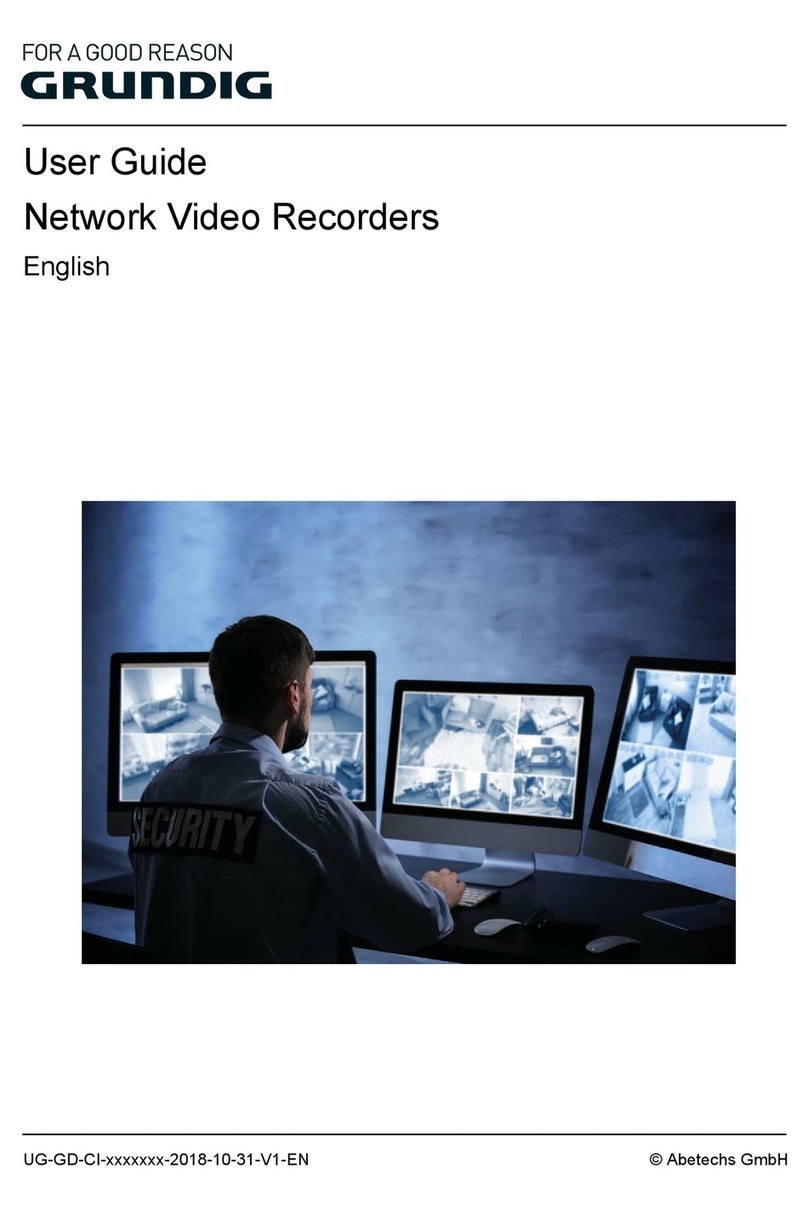
- 2 - STC 160
Contents
1 Notes about safety and hazards.........................................................................3
2 General information ..........................................................................................4
2.1 Scope of delivery ............................................................................... 4
2.2 Available accessories .......................................................................... 4
2.3 Meaning of the symbols used ............................................................... 5
2.4 Technical data.................................................................................... 5
2.5 Description ........................................................................................ 6
3 Overview ..........................................................................................................7
3.1 Front cover ........................................................................................ 7
3.2 Front view (without front cover) ............................................................ 7
3.3 Rear view .......................................................................................... 8
3.4 Control panel ..................................................................................... 9
4 Assembly ........................................................................................................10
4.1 Remove front cover ........................................................................... 10
4.2 Remove base plate ........................................................................... 10
4.3 Making a potential equalisation (PE) ................................................... 11
4.4 Installing F terminals ......................................................................... 12
4.5 Installing an additional fan ................................................................ 12
4.6 Mounting ........................................................................................ 13
Wall mounting ............................................................................ 14
Upright mounting ........................................................................ 15
Mounting inside a 19" cabinet ..................................................... 16
5 Installing modules ............................................................................................17
6 Connecting the head-end station ...................................................................... 18
6.1 Potential equalisation (PE) .................................................................. 18
6.2 Mains connection ............................................................................. 18
6.3 LNB Power supply connections ........................................................... 19
6.4 RF connections ................................................................................. 19
7 Settings ...........................................................................................................20
7.1 Contrast of the display ...................................................................... 20
7.2 Settings in the menu .......................................................................... 20
Setting the output level of a retrofitted RF output collector ................. 20
Setting the standard of the output signal ......................................... 21
Control Panel Lock - PIN ............................................................... 22
8 Final procedures ..............................................................................................23

































